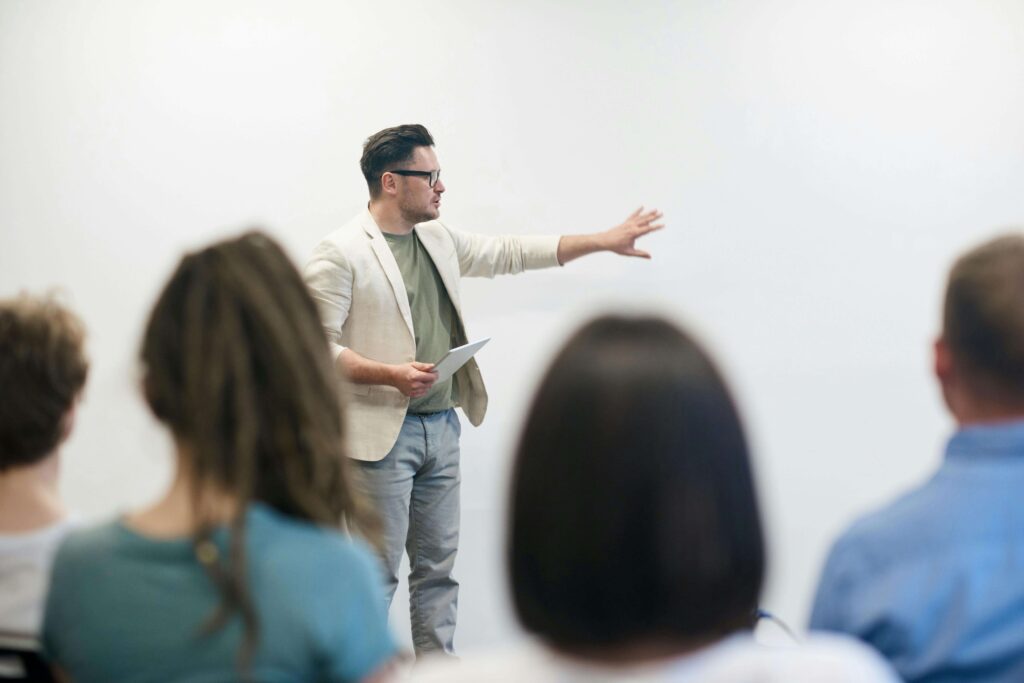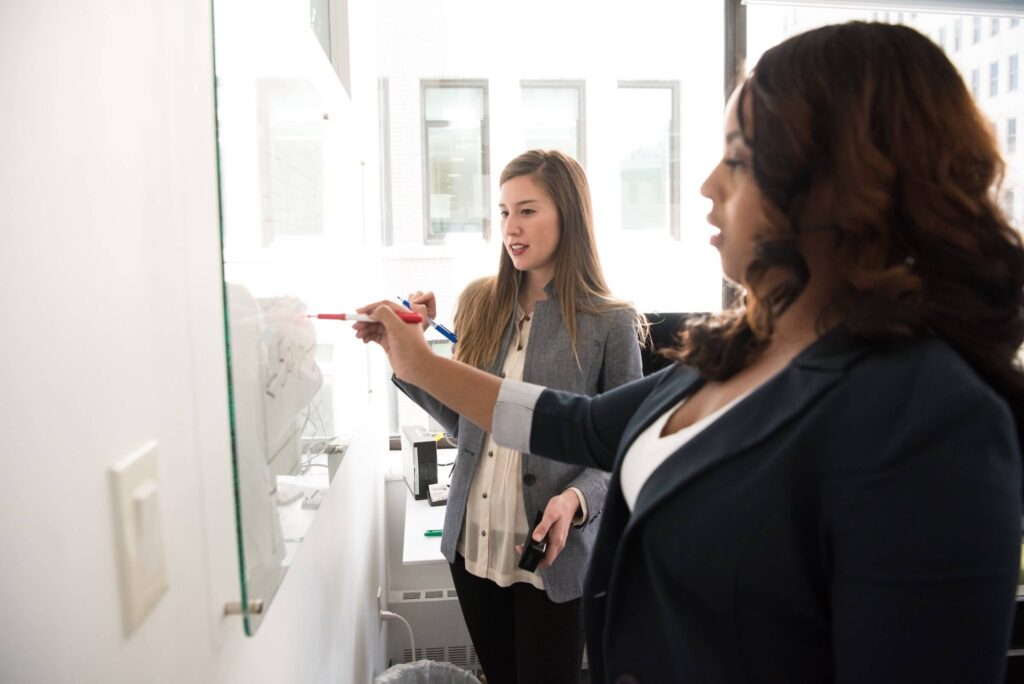Overview
As part of the November 2020 discussion, two members of the Developer Engagement Team at LinkedIn, Narsi Nagampalli, Senior Manager for Developer Engagement, and Sandi Friend, Senior Instructional Engineer, presented their ideas. They shared the methods their team is using to close the knowledge gap for engineers.
Seeking knowledge as an engineer
To explain why the knowledge gap exists, Sandi told the story of two typical engineering staff members, Leah and Diego.
Leah is a new engineer and has access to various tools and libraries of information to complete her workflow.
As she is trying to look for information, she is overwhelmed by the number of informational sources she can use, and her productivity shrinks. Even a simple search can result in irrelevant, stale or incomplete content.
Diego is responsible for creating the tools that Leah is using. He is trying to balance keeping the tools up to date and supporting new developers. Creating new content is not a priority for him, and the content becomes quickly outdated.
Challenges of fostering a knowledge-sharing culture
Leah and Diego’s experience is common. At LinkedIn, there are 5000 engineers with over 100 tools at their disposal for their daily jobs. Each tool may fall into several different workflows and require some kind of documentation and training. This creates the following problems:
-
- Content ownership confusion
-
- Content authoring platform confusion
-
- Authoring is democratized, not enforced
-
- Tool-focused content vs. activity focused content
-
- Maintaining content is a low priority for many teams
Narsi and Sandi whittled this down to three key pain points that slow engineers’ workflow:
-
- Discovery: the content lives in too many places
-
- Search relevance: low-quality results from limited content sources
-
- Content quality: content doesn’t exist, is stale, or is inaccurate
This problem is commonly known as the ‘knowledge gap’ amongst engineers.
“Close the knowledge gaps” strategy
To close the knowledge gap for engineers like Leah, Narsi’s team decided to create a consolidated search story to index all of the content in one place. They are also continuing to improve the relevance of the search engine. Expanding their sources of content is also essential.
Previously, new engineers could not access all of the relevant content in a search. The team is now working on a search platform as a service that additional content sources can easily connect to.
For content creators like Diego, the problem is more nuanced. Their main issue is with the work culture.
When Leah is in a particular workflow, she is not concerned with how the tool is functioning but what she needs to do to get to the next step. When Diego supports Leah, he is not concerned about the different tools he is using to do so. Narsi’s team is establishing clear ownership and accountability to enable tools to function together seamlessly.
Visibility
Currently, the only metric available to measure the knowledge gap is developer sentiment towards it.
Narsi’s team is developing a metric to help developers understand the content quality, content staleness, and how often engineers are engaging with content.
Their strategy is a combination of how they can help Leah spend less time finding information and how to help Diego get the right information in front of Leah.
Long term vision
The LinkedIn team wants to arrive at a point where developers don’t need to seek knowledge, but it will find them.
To achieve this, they are working towards making content ‘proactive’ that responds to the needs of the user intuitively.







